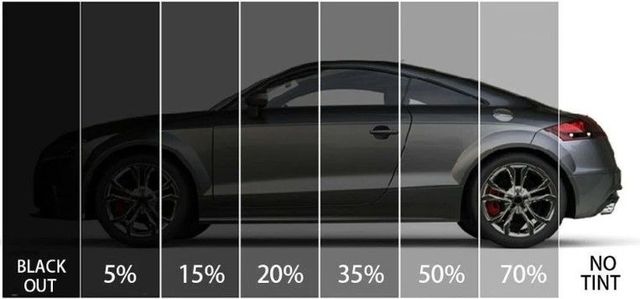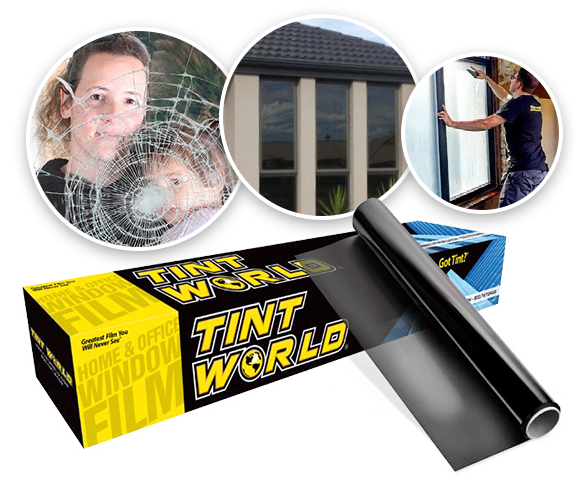Car Window Tinting for Enhanced Safety And Security and Reduced Burglaries
Car Window Tinting for Enhanced Safety And Security and Reduced Burglaries
Blog Article
Window Tinting Regulations and Guidelines: What You Need to Know Before Tinting Your Auto
Prior to continuing with home window tinting for your automobile, it is necessary to familiarize yourself with the diverse laws and standards that govern this practice across different states. These regulations determine the allowable levels of color darkness, commonly determined by visible light transmission (VLT) percents, and consist of particular specifications for front windscreens aimed at ensuring roadway safety and security.
Summary of Home Window Tinting Regulations
Window tinting laws are often based on variant throughout different jurisdictions, mirroring neighborhood regulations and safety considerations. These regulations dictate the allowable levels of color darkness and reflectiveness on car windows, making certain that motorists keep ample presence while additionally securing versus dangerous UV rays and heat.
Many laws categorize home window tinting based upon the Visible Light Transmission (VLT) percent, which suggests the quantity of light that can go through the home window. Generally, reduced VLT percentages symbolize darker tints. Regulations usually separate in between the front, side, and rear home windows, with more stringent restrictions related to the front windshield to boost security for both the motorist and various other roadway individuals.
Additionally, some jurisdictions enforce restrictions on the reflectivity of the tint, preventing extreme glare that could hinder exposure. Exemptions to these laws may exist for people with certain clinical problems requiring extra sunlight security. Compliance with home window tinting policies is essential, as infractions can lead to penalties, required removal of the tint, and potential increases in insurance policy premiums. It is necessary for lorry proprietors to acquaint themselves with local legislations before proceeding with window tinting installations.
State-by-State Tint Laws
Recognizing the specific home window tinting laws in each state is important for lorry owners seeking to follow the law. Each state in the united state has actually developed its very own collection of rules regulating home window tinting, which can differ substantially. These policies commonly dictate the permitted degrees of tint darkness, the sorts of windows that can be tinted, and any type of medical exceptions that may apply.
For circumstances, states like California have rigorous restrictions on color darkness for front home windows, while others, such as New Mexico, may enable darker colors. Furthermore, particular states mandate specific exposure portions for different windows, including the windshield, front side home windows, and back home windows. It is essential for vehicle proprietors to acquaint themselves with their state's legislations to prevent potential penalties or charges.
In addition, some states might call for a qualification sticker to be put on colored windows, suggesting compliance with state regulations. Failing to abide by these policies not only runs the risk of lawful repercussions but can also influence safety and visibility while driving. Therefore, car proprietors should conduct extensive research or speak with regional authorities to make sure complete understanding and compliance with state-by-state tint laws.
Allowed Color Types and levels
Several car owners might be stunned to find out that enabled tint levels and kinds differ commonly across different states. Each state has established its very own guidelines regarding the allowable darkness and reflectivity of home window tint, usually gauged by Visible Light Transmission (VLT) percentages. VLT refers to the amount of light that can go through the tinted home windows; thus, a lower portion shows a darker color.

Furthermore, the sorts of tint materials enabled can differ, with some states restricting metallic or mirror-like finishes. It is essential for vehicle owners to familiarize themselves with their state's certain laws to ensure conformity. Non-compliance can result in penalties, compulsory elimination of the color, or other lawful effects, making it essential to understand these regulations before waging setup.
Medical Exceptions for Tinting
While not all states supply allocations for medical exemptions regarding window tinting, those that do identify the requirement for details people to enhance presence and comfort due to clinical conditions. Numerous medical conditions, such as lupus, skin cancer cells, and particular eye disorders, can render people specifically conscious sunshine. Consequently, these individuals may need darker tints to shield themselves from unsafe UV rays and glare.

It is very important to keep in mind that even with a clinical exemption, there might still be constraints on the level of tint permitted. Compliance with state legislations makes sure that people are both secured and within legal limitations. Those thinking about medical exemptions need to call their regional Division of Electric motor Automobiles or equal authority to understand the demands and procedures needed to request an exemption effectively.
Charges for Non-Compliance
Failing to follow window tinting laws can result in considerable fines, which differ by state. Police are empowered to issue citations for vehicles that do not stick to the specified tinting laws. These fines typically include fines, which can range from moderate total up to numerous hundred bucks, depending on the extent of the offense and the state concerned.
In some jurisdictions, see this site repeated offenses might cause intensifying fines or added charges, such as mandatory court appearances. In addition, non-compliance may necessitate the removal of illegal tinting, often at the proprietor's expenditure. In extreme situations, regular wrongdoers might encounter suspension of their vehicle registration till conformity is achieved.
Furthermore, insurance coverage implications might occur from getting several citations for home window tint infractions. Insurance providers may see such infractions as an indicator of riskier habits, potentially resulting in raised premiums or problem in insurance coverage.
To prevent these fines, it is vital for vehicle owners to acquaint themselves with their neighborhood window tinting regulations and make certain that their automobile complies (Window Tinting). This aggressive technique not just avoids legal implications yet likewise promotes road safety and security
Final Thought

Many policies identify window tinting based on the Visible Light Transmission (VLT) portion, which shows the quantity of light that can pass through the window. Conformity with home window tinting laws is important, as violations can result in fines, required removal of the color, and go now prospective increases in insurance coverage premiums.Understanding the details window tinting laws in each state is essential for car proprietors seeking to comply with the regulation. These regulations typically dictate the allowable degrees of tint darkness, the types of windows that can be tinted, and any clinical exemptions that may use.
For circumstances, states like The golden state have strict limitations on tint darkness for front windows, while others, such as New Mexico, might permit darker tints.
Report this page